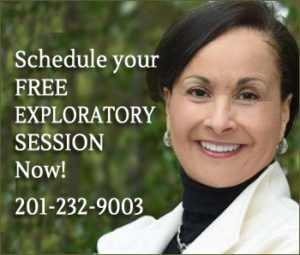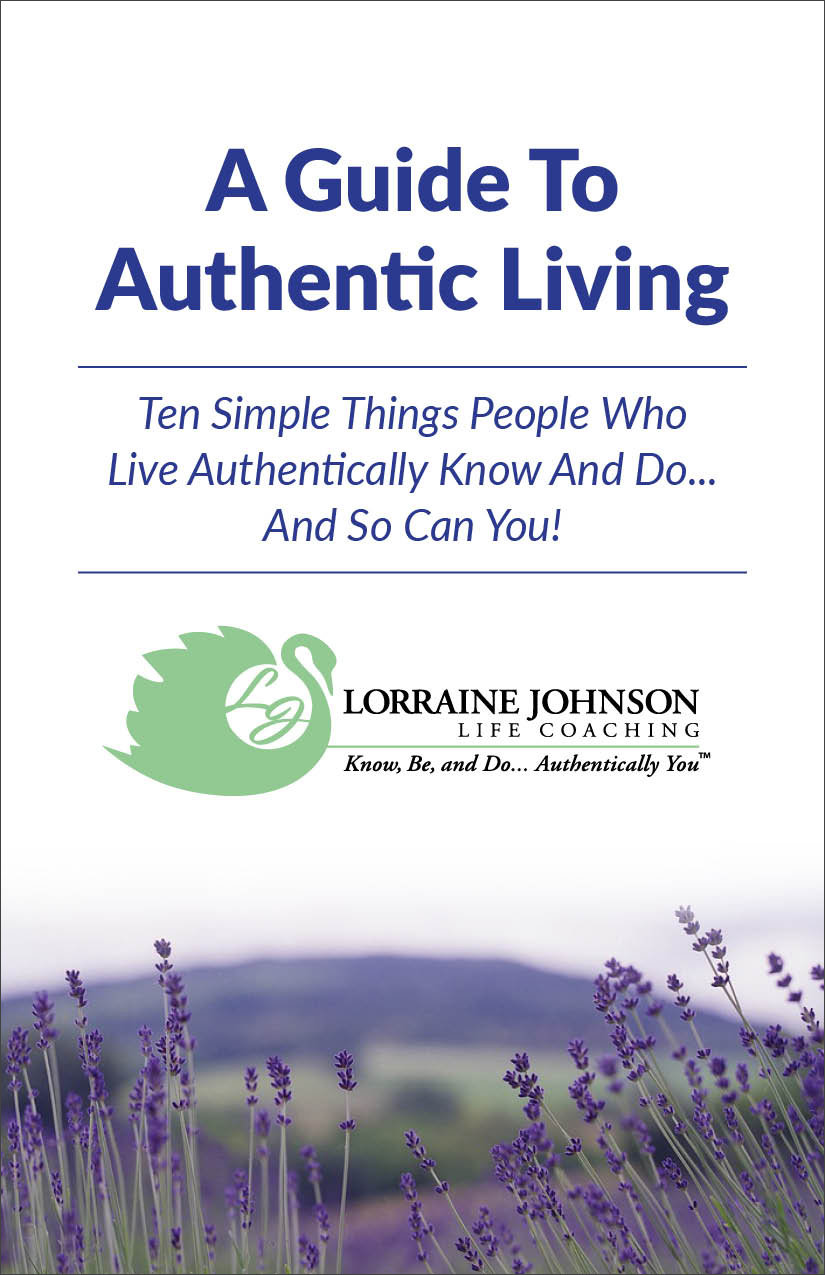HOW PROPER BREATHING CAN HELP YOU ADJUST TO THE STRESS OF COVID 19

I am getting requests from readers for the breathing exercises I posted last year to help people through the stress of the winter holidays. I am reposting them because, as I wrote in that blog, knowing how to take proper deep breaths helps when trying to regroup and adjust to many stressful situations. THESE EXERCICES ARE NOT TO BE USED IF YOU THINK YOU HAVE COVID 19.
When I have clients take a few deep breaths, it helps them destress, regroup, and focus. It’s even more beneficial when I teach them how to use the method of core-expansion breathing below.
Breathing Lessons
- If you have ever watched a baby breathe, you will notice that their stomachs rise and fall with each inhalation and exhalation.This is the proper way to breathe. I suggest practicing this first. I call this exercise taking Baby Breaths.
- Once you get the hang of the above, exaggerate it by making your stomach look like one of the many depictions of Buddha we often see.I refer to this step as taking Baby Buddha.
- When you’ve mastered the above, put your hands on your waist, partially encircling your lower ribs.Your thumbs should be pointing to your spine and your fingers to your belly button. It is like putting your hands on your hips, but on your waste instead, so you can feel your lower ribs. Now turn your hands upside down. Your thumbs should be pointing to your stomach and your fingers toward your spine. Forget about breathing into the stomach for now. Concentrate only on breathing into your ribs in such a way that you can feel them expand and contract in your hands as you inhale and exhale into them. Allow your hands to be gently moved in and out by your ribs. I call this taking Core or Rib Breaths.
- Now breathe into your lungs the way we usually breathe all the time, except now do it as deeply as possible.I call these taking Lung breaths.
All Together Now
What makes this work is putting it all together. Think of your body as a Macy’s Thanksgiving Day Balloon. Start breathing into the core of your body. Move the air into all the areas we discussed slowly filling each area at once.
Sometimes it is easier to add one or two steps at a time. Do Buddha and baby breaths then add Ribbing Breaths. Once they are all mastered, add the Lung Breaths. This takes some internal coordination, but stick with it. With a little practice, it will become easier.
The Trick That Makes Those Deep Breaths Really Calming
Breathe in through your nose, using the above techniques and count the number of seconds it takes to reach a full capacity of air. Then take twice the number of seconds to exhale through your mouth by pursing your lips. Be reasonable, don’t try to count to 30 seconds inhaling, and exhale 60 for seconds. Just inhale comfortably and see how long it takes, then try to double it on the exhale. Do it three times and notice how much calmer your entire body feels. Don’t do it more than three times the first time. You can increase the number of repetitions, as you get more comfortable with it. If you have a breathing condition, consult your physician first and if you feel like you may faint, stop and consult your physician.
The Science: How and Why It Works
Studies corroborate that shorter inhalations and longer exhalations combat the body’s fight-or-flight stress response, and improves fluctuation in beat-to-beat intervals of the heart rate. This is referred to as HRV (Heart Rate Variability). Higher HRV is associated with lower chronic stress levels, better overall health, and improved cognition.
Taking occasional deep breaths such as these will help with many of the stressful situations we’re trying to adjust to as we go through this COVID19 Pandemic.
Are you finding your regular stress levels ramped up due to the stress of adjusting to your life- changes as we move through COVID 19? Do you need to adopt some comping mechanisms into your new COVID 19 reality? Schedule your FREE EXPLORATORY SESSION here. I promise, there will be no hard sell. I have no personal attachment to the outcome of our conversation beyond your feeling better for our having had it. For more information about living authentically, click here and get your FREE copy of my “GUIDE TO AUTHENTIC LIVING: Ten Things People Who Live Authentically Know And Do…And So Can You.”



